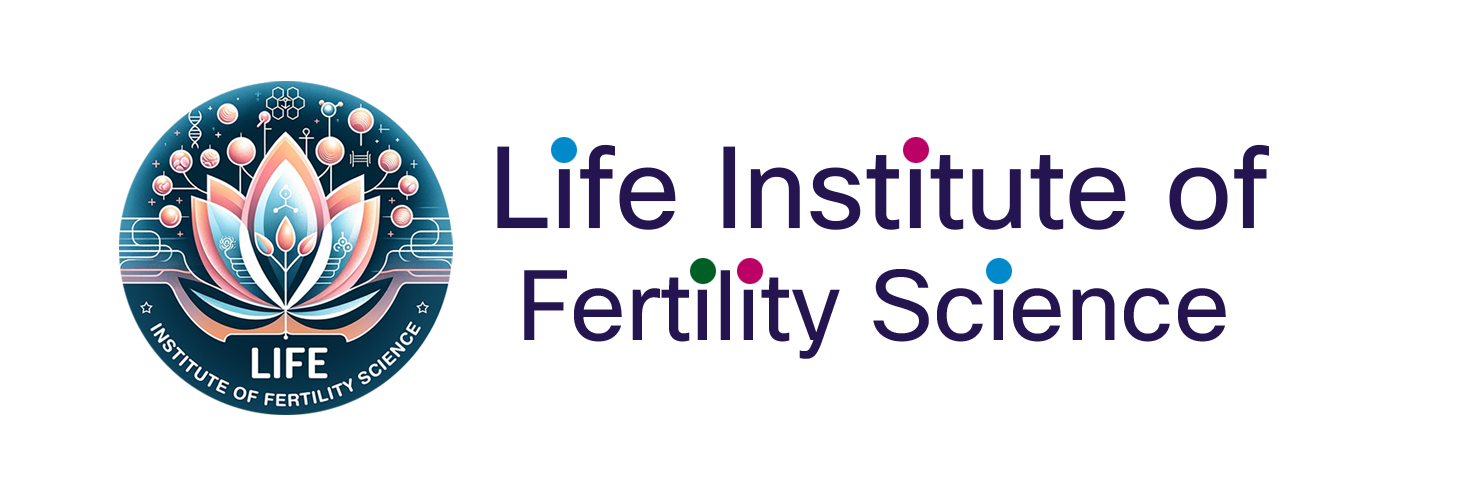Human Physiology and Biochemistry
1. Introduction to Human Physiology and Biochemistry
- Definitions and interrelationship between physiology and biochemistry.
- Historical perspectives and milestones.
- Importance in understanding human health and disease.
2. Cell Structure and Function
- Detailed structure of cell membranes, cytoplasm, and organelles.
- Functions of cellular components.
- Cellular metabolism: anabolic and catabolic pathways.
3. Biomolecules
- Structure and function of carbohydrates: monosaccharides, disaccharides, polysaccharides.
- Lipids: fatty acids, triglycerides, phospholipids, and steroids.
- Proteins: amino acids, peptide bonds, levels of protein structure.
- Nucleic acids: DNA and RNA structure and function.
4. Enzymes and Enzyme Kinetics
- Types of enzymes and their roles in biochemical reactions.
- Mechanisms of enzyme action.
- Factors affecting enzyme activity: temperature, pH, substrate concentration.
- Enzyme inhibition: competitive and non-competitive inhibitors.
5. Bioenergetics and Metabolism
- Basic principles of bioenergetics: free energy, exergonic and endergonic reactions.
- Role of ATP in cellular activities.
- Detailed pathways: glycolysis, citric acid cycle, oxidative phosphorylation.
6. Physiology of the Nervous System
- Neuron structure: dendrites, axon, synapse.
- Mechanism of nerve impulse transmission.
- Structure and function of the central and peripheral nervous systems.
- Neurotransmitters and their roles.
7. Cardiovascular System
- Heart anatomy: chambers, valves, blood flow.
- Cardiac cycle and heart sounds.
- Blood vessels: arteries, veins, capillaries.
- Mechanisms regulating blood pressure and blood flow.
8. Respiratory System
- Anatomy of the respiratory tract: nose, pharynx, larynx, trachea, lungs.
- Mechanics of breathing: inspiration and expiration.
- Gas exchange in alveoli.
- Transport of oxygen and carbon dioxide in blood.
9. Digestive System and Nutrition
- natomy of the digestive system: oral cavity, esophagus, stomach, intestines.
- Processes of digestion: mechanical and chemical.
- Absorption of macronutrients and micronutrients.
- Role of vitamins and minerals in metabolism.
10. Renal System
- Kidney anatomy and nephron structure.
- Processes of urine formation: filtration, reabsorption, secretion.
- Regulation of water, electrolytes, and acid-base balance.
11. Endocrine System
- Overview of major endocrine glands and hormones.
- Mechanisms of hormone action: receptor binding, signal transduction.
- Regulation of metabolic processes: growth, metabolism, reproduction.
12. Musculoskeletal System
- Structure of bones and muscles.
- Mechanisms of muscle contraction: sliding filament theory.
- Bone remodeling and repair.
- Joint structure and function.
13. Immune System
- Components: white blood cells, antibodies, antigens.
- Mechanisms of innate immunity: barriers, phagocytosis, inflammation.
- Adaptive immunity: humoral and cell-mediated responses.
- Immunological memory and vaccines.
14. Reproductive System
- Male reproductive system: testes, sperm production.
- Female reproductive system: ovaries, menstrual cycle, pregnancy.
- Hormonal regulation of reproductive functions.
- Reproductive health and diseases.
15. Integration and Regulation of Body Systems
- Homeostatic mechanisms: feedback loops.
- Interaction between nervous and endocrine systems.
- Physiological responses to stress.
- Adaptation to changing environments.

Life Fertility is a premier Assisted Reproduction center in Visakhapatnam offering fertility services to North Coastal Andhra Pradesh
COURSES
MASTERS
PG DIPLOMA
ADDRESS
#16-1-25, RS Edifice, Coastal Battery Rd, Collector Office, Jn, Visakhapatnam, Andhra Pradesh 530002

